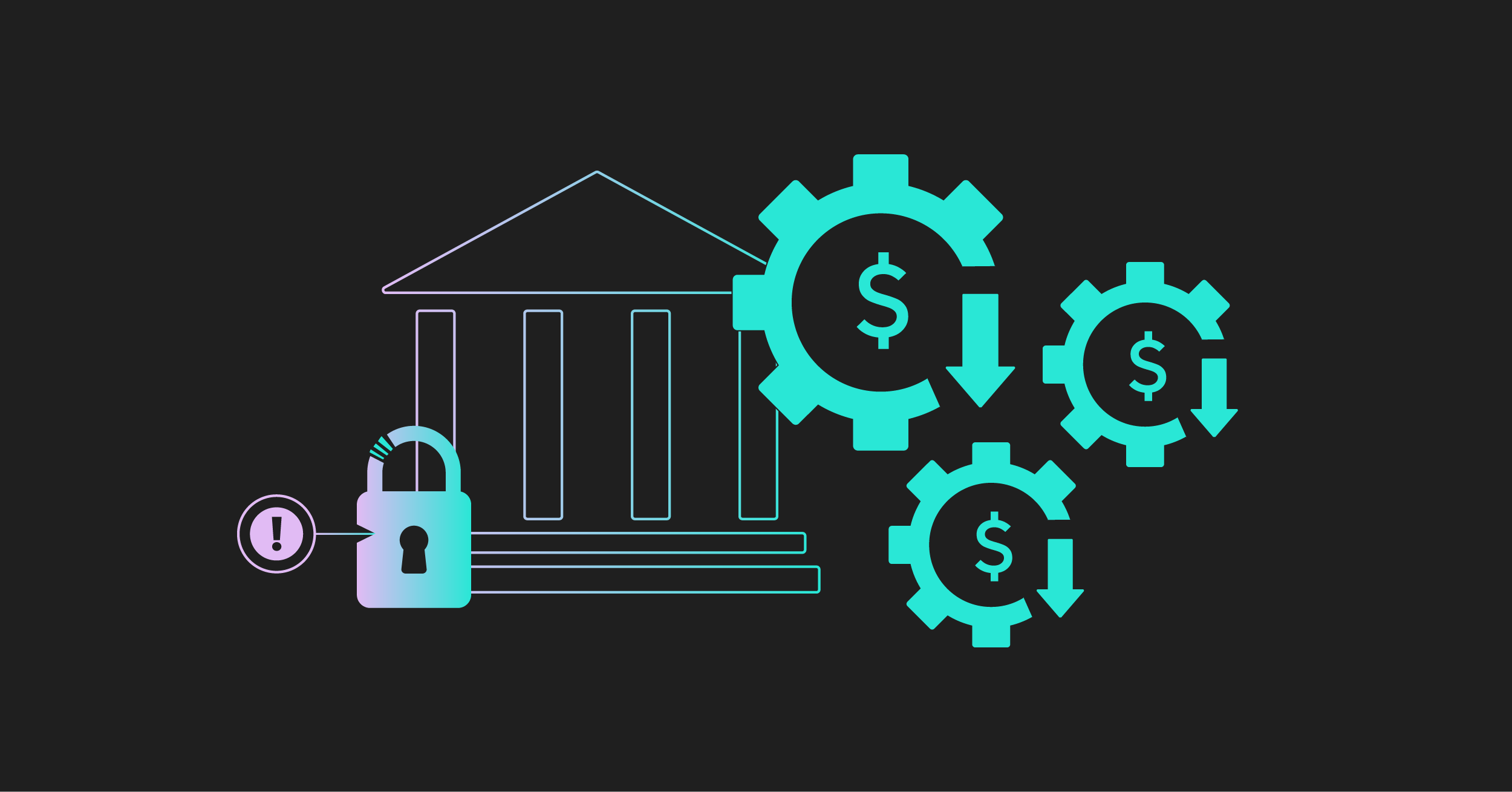
This is a reprint of an article that originally appeared on Forbes.com on April 27, 2022.
Last year, a California man created more than 20 false identities, building up credit limits to amass over $1.3 million in loans and credit cards from national credit unions. All it took to pull this off was a valid social security number—which can be purchased on the dark web for $4 or less—layered with a fabricated name, address and date of birth. While this bad actor was brought to justice, in most cases, they are not.
In fact, one of the most significant financial impacts of Covid-19 has been the precipitous rise in attack volume and fraud costs for financial institutions. Driven primarily by greater digital banking adoption, particularly across mobile channels, the cost of fraud across the industry is estimated to be about 10% higher than pre-pandemic. That said, its calculation—and its impact on the organization—is much more far-reaching.
Fraud costs are typically thought of in terms of the write-offs accounted for when fraud is perpetrated. Or, put another way, the loss connected to default on a financial obligation. More often than not, the prevailing calculation of fraud cost is put in terms of an accounting exercise. However, the real cost of fraud is not limited to the success of the fraudsters themselves but, rather, more holistically tied to the time and manpower required to prevent, process and manage attacks. Though these “hidden” costs may vary across organizations, they are all in addition to the write-off, or actual dollar value, of a fraudulent transaction.
The four most common hidden costs of fraud include the following:
1. Fees And Interest
For the majority of financial products, at a very basic level, revenue is generated by the interest associated with the product, as well as the administrative, origination and/or processing fees. The scope of these fees can vary widely, depending on multiple factors, including the product term, the credit quality of the customer and the type of product. So if a fraudster takes out a loan for $50,000, not only is that initial money gone, but so is the lost interest revenue and the originating and processing fees tied to that loan.
2. Fraud Operations Staffing
With fraud investigations on the rise, so, too, is the demand for staffing resources to investigate and manage cases. Staffing decisions depend on many variables, such as overall fraud risk and financial resources available. But perhaps the most important factor is organization size. Back in 2015, the Association of Certified Fraud Examiners conducted a survey that found small organizations (fewer than 100 employees) “had an average of 2.3 fraud investigators on staff, with that number nearly doubling to 4.5 for mid-size organizations (100 to 999 employees). Organizations with the most employees (10,000 or more) averaged 41.9 fraud investigators on staff.”
3. Accounting And Legal Fees
Legal expertise and engagement can range from understanding recourse to navigating recovery and reporting practices. Cumulative accounting and legal fees add up to a material fraud expense that, only in some cases, can be recouped by an organization.
4. Recovery Operations Expense
Recovery expenses vary from industry to industry but typically include several steps. First, diligence is required to develop a timeline and document pertinent information for fraud reporting or investigation. Reports must then be filed with the appropriate authorities, including any credit reporting agencies, law enforcement and, in many cases, insurance carriers for claims and processing. The time associated with recovery and processing results in a variable operational cost to an organization.
Taken together, these hidden fraud costs result in a multiplier effect, sharply increasing the actual cost to an organization. It’s estimated that for every $1 of fraud loss taken as a write-down, it costs a financial services organization up to four times that amount.
Even more, while hidden fraud costs have concrete values that can be assigned and attributed to them, there is an even greater expense that organizations need to consider: the opportunity cost of lost business due to reputational risk. In one analysis, reputational loss was estimated to be over 140% of the calculated fraud loss from the risk events studied. Together, with the more tangible hidden costs, the negative impact on an organization can be devastating.
Financial institutions are increasingly realizing that traditional fraud-mitigation strategies built on rules-based logic are an imperfect means to withstand today’s evolving and more complex fraud tactics.
Fortunately, today’s technology solutions, bolstered by artificial intelligence and machine-learning capabilities, can help financial institutions detect and mitigate a broader range of risk factors—both in and out of sight—with greater precision and speed. Marking a paradigm shift from traditional rules-based verification are AI-based solutions with unsupervised deep-learning algorithms and the ability to recalibrate in real time, and over time, with feedback loops from actual customer data. Being able to combine first- and third-party data allows financial institutions to customize risk models based on their customer population and more accurately detect anomalies.
Another key consideration for companies shopping for digital solutions is the ability to embed data and insights directly into an existing customer journey. This can help empower financial institutions to pivot and evolve their strategies to increase the efficacy of their fraud programs. The benefits can be twofold—not only do they power insights and intelligent decisioning to help future-proof organizations against ever-emerging tactics, but they remove much if not all of the dependency on manual intervention for verification and recovery, drastically reducing the hidden costs of fraud.
As fraudulent activity continues to increase in digital channels, fraud programs must evolve to detect and stop fraudulent activity before it gets on the books. The conventional wisdom of inflated operational teams and rules-based technology has fallen flat and narrowed margins. Being able to evaluate risks in real time and change customer experiences to place more automated mitigation steps in the process flows of higher-risk profiles while enabling low-friction experiences for those with lower risk is a winning combination.
Ultimately, the true costs of fraud are not always in plain sight. To meet threats head-on, financial institutions should explore dynamic technology solutions that not only meet the challenge of today but equip them for the threats of tomorrow.

Learn more about the challenges of digital banking and how to overcome them.
 Read Blog
Read Blog